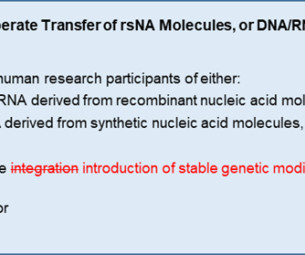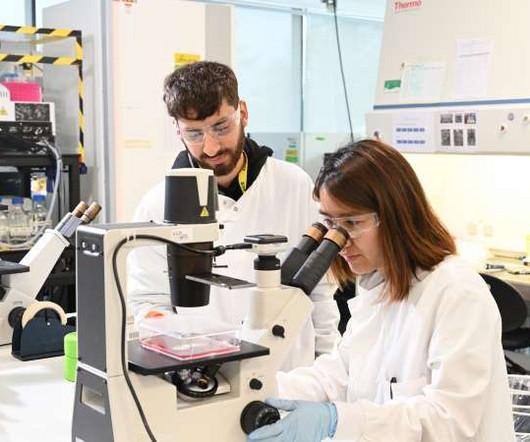New DDW Highlights episode: 8 July 2024
Drug Discovery World
JULY 8, 2024
The last few days have seen some interesting developments related to gene editing, including the discovery of a new mechanism for genetic programming and evidence in favour of redosing CRISPR-based therapies, as well as significant investment and new indications for gene therapies.


















Let's personalize your content